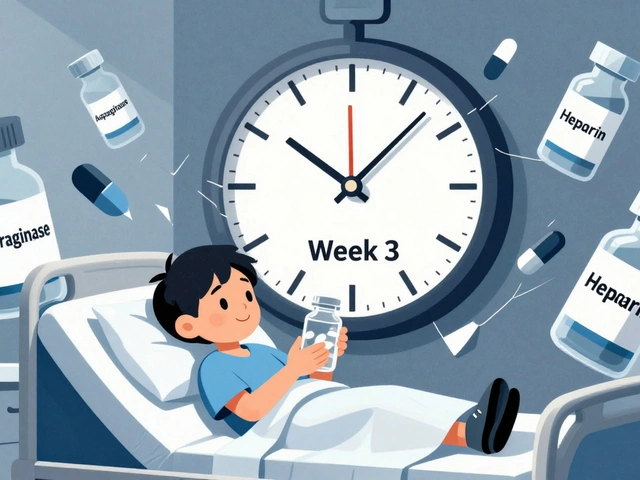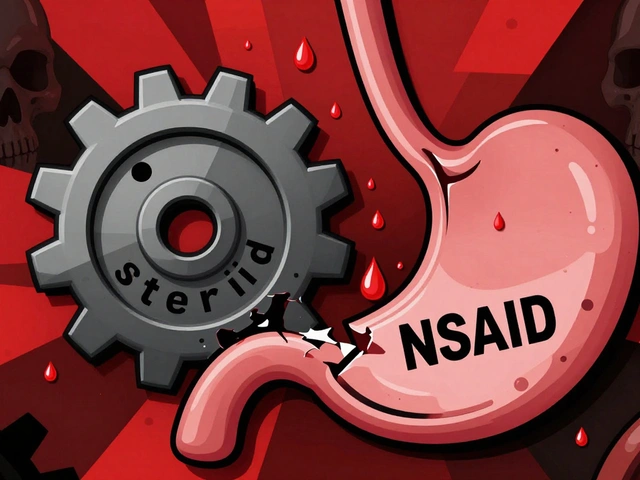Formulary Management: How Hospitals Choose Which Drugs to Stock
When a hospital decides to add a new drug to its shelves, it’s not just about what’s new or flashy—it’s about formulary management, the systematic process hospitals use to select, evaluate, and monitor which medications are available to patients. Also known as drug formulary, it’s the backbone of safe, cost-effective care in every clinic and hospital across the country. This isn’t a one-time decision. It’s an ongoing cycle of review, data analysis, and expert input that directly affects what you get prescribed—and whether you can even get it when you need it.
Behind every formulary are three big players: hospital pharmacy, the team responsible for evaluating drugs, managing inventory, and ensuring safe use, medication selection, the process of comparing drugs based on clinical evidence, side effects, and real patient outcomes, and formulary guidelines, the written rules that dictate which drugs get approved and under what conditions. These aren’t abstract ideas—they’re the reason your doctor might choose metformin over a pricier alternative, or why a certain antibiotic is only available if you’ve tried others first. You’ll see this in action in posts about drug interactions, like how statins and antifungals can clash, or why warfarin dosing needs genetic testing. Hospitals don’t just pick drugs because they’re popular—they pick them because they’ve been vetted for safety, effectiveness, and cost.
Formulary management isn’t just about saving money—it’s about reducing risk. When a hospital adds a new drug, they look at how it interacts with others, whether it causes QT prolongation like some antibiotics or triggers rhabdomyolysis when paired with statins. They check if it’s safe for seniors, like with benzodiazepines, or if it affects fertility like hydroxyurea. They even track shortages, using tools like the FDA Drug Shortage Database to avoid running out of critical meds. That’s why you’ll find posts here about nasal sprays for allergies, medicated shampoos for scalp issues, and even how to safely buy generic drugs online. All of it ties back to one thing: making sure the right drug is available, at the right time, for the right patient.
What you’ll find below isn’t just a list of articles—it’s a map of how formulary decisions play out in real life. From how Cefuroxime is used in stubborn biofilm infections to why Prasugrel is chosen over clopidogrel for heart patients, every post shows the real-world impact of these behind-the-scenes choices. Whether you’re a patient wondering why your prescription changed, a caregiver tracking side effects, or a healthcare worker trying to understand the system, this collection gives you the context you need to make sense of it all.

Institutional Formularies: How Hospitals and Clinics Control Drug Substitutions
Institutional formularies are hospital and clinic systems that control drug substitutions to improve safety and reduce costs. Learn how they work, who makes the rules, and why they sometimes confuse patients and providers.
read more




